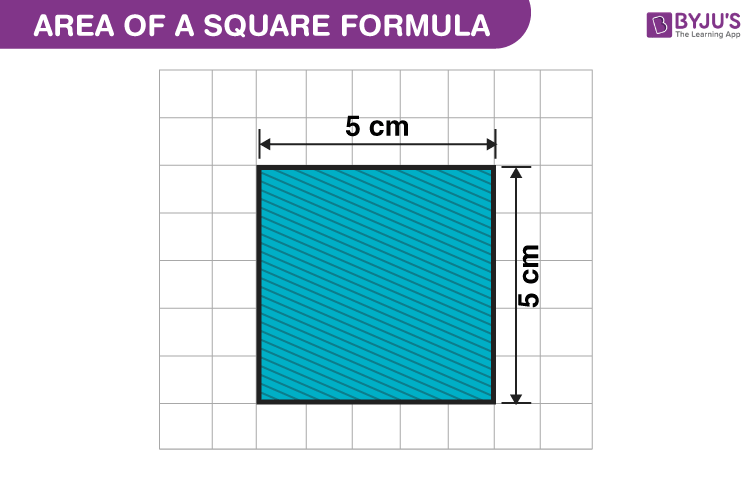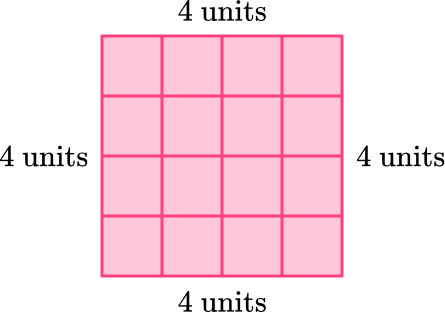Topic calculate perimeter of a circle: Calculating the perimeter of a circle, also known as the circumference, is a fundamental concept in geometry. Using the radius or diameter and the constant π, you can easily determine the perimeter with simple formulas. This guide will walk you through the steps to master this calculation with practical examples.
Table of Content
Calculating the Perimeter of a Circle
The perimeter of a circle, also known as the circumference, is the linear distance around its edge. It can be calculated using different formulas depending on the known parameters such as radius, diameter, or area.
Formulas
- When the radius (r) is known: \( P = 2 \pi r \)
- When the diameter (d) is known: \( P = \pi d \)
- When the area (A) is known: \( P = 2 \pi \sqrt{\frac{A}{\pi}} \)
Examples
-
Given: Radius \( r = 7 \, \text{in} \)
Formula: \( P = 2 \pi r \)
Calculation: \( P = 2 \times 3.14 \times 7 = 43.96 \, \text{in} \)
-
Given: Diameter \( d = 10 \, \text{m} \)
Formula: \( P = \pi d \)
Calculation: \( P = 3.14 \times 10 = 31.4 \, \text{m} \)
-
Given: Area \( A = 78.5 \, \text{cm}^2 \)
Formula: \( P = 2 \pi \sqrt{\frac{A}{\pi}} \)
Calculation: \( P = 2 \times 3.14 \times \sqrt{\frac{78.5}{3.14}} = 31.4 \, \text{cm} \)
Using a Calculator
You can use an online circumference calculator to find the perimeter of a circle easily. Simply input the known value (radius, diameter, or area), and the calculator will compute the perimeter for you.
Definitions
| Radius (r) | The distance from the center of the circle to any point on its perimeter. |
| Diameter (d) | The distance across the circle, passing through the center. It is twice the radius. |
| Perimeter (P) | The total distance around the circle, also known as the circumference. |
| Area (A) | The amount of space enclosed within the circle's perimeter. |
For more information and to use online calculators, visit:

READ MORE:
Introduction
Calculating the perimeter of a circle is a fundamental concept in geometry with wide-ranging applications across various disciplines. Whether you're designing a roundabout, analyzing planetary orbits, or simply cutting a circular piece of fabric, understanding how to find the perimeter of a circle is indispensable.
When it comes to calculating the perimeter, also known as the circumference, of a circle, there are several methods to choose from depending on the information available. Whether you're given the radius or the diameter, there's a straightforward formula to help you determine the perimeter accurately.
Exploring the formulas for finding the circumference using either the radius or the diameter offers insights into the interconnectedness of geometric concepts. These formulas, rooted in the elegant simplicity of pi (π), serve as foundational tools in both theoretical and practical contexts.
Throughout this guide, we'll delve into these formulas, providing step-by-step examples and shedding light on the significance of perimeter calculations in real-world scenarios. By the end, you'll not only grasp the mathematical intricacies of circle perimeters but also appreciate their significance in shaping our physical environment and understanding the universe.
Formula for Perimeter of a Circle
Calculating the perimeter, or circumference, of a circle involves utilizing fundamental mathematical formulas that encapsulate the relationship between the circle's dimensions and its perimeter.
The most commonly used formulas for determining the perimeter of a circle are:
- Using Radius: \( C = 2\pi r \)
- Using Diameter: \( C = \pi d \)
Here, \( C \) represents the circumference, \( r \) denotes the radius, and \( d \) signifies the diameter of the circle.
These formulas elegantly illustrate the connection between the circle's parameters and its perimeter, providing straightforward methods to compute the circumference based on either the radius or the diameter.
By understanding and applying these formulas, you can effortlessly calculate the perimeter of any circle, unlocking the potential for myriad applications in fields ranging from engineering and physics to architecture and beyond.
Example Calculations
Illustrating the application of perimeter formulas through practical examples elucidates the process of finding the circumference of a circle given different parameters.
Example 1: Given Radius
Let's consider finding the circumference of a circle with a given radius of \( r = 3 \) cm.
Using the formula \( C = 2\pi r \):
\( C = 2 \cdot 3.14 \cdot 3 = 18.84 \, \text{cm} \)
This calculation showcases how to determine the perimeter of a circle when the radius is known, employing the formula \( C = 2\pi r \).
Example 2: Given Diameter
Now, let's explore finding the circumference of a circle with a given diameter of \( d = 10 \) cm.
Using the formula \( C = \pi d \):
\( C = 3.14 \cdot 10 = 31.4 \, \text{cm} \)
This example demonstrates the use of the formula \( C = \pi d \) when the diameter of the circle is provided, resulting in the calculation of the circle's perimeter.
Through these examples, we witness how the choice of formula depends on the information available, showcasing the versatility and practicality of perimeter calculations in real-world scenarios.
Applications of the Perimeter of a Circle
The perimeter of a circle finds extensive applications across diverse fields, underscoring its significance in various real-world scenarios:
- Engineering: In civil, mechanical, and electrical engineering, understanding circle perimeters is crucial for designing structures such as bridges, pipelines, and electrical wiring layouts.
- Architecture: Architects rely on circle perimeter calculations when designing buildings with circular elements, such as domes, arches, and circular courtyards.
- Geography: Cartographers and geographers use circle perimeters to measure and map circular features like lakes, islands, and geological formations.
- Astronomy: Astronomers employ perimeter calculations to study planetary orbits and celestial bodies, helping to elucidate phenomena such as eclipses and planetary motion.
- Manufacturing: Industries involved in manufacturing circular objects, such as wheels, gears, and discs, rely on perimeter calculations for precise fabrication and assembly.
- Navigation: In navigation systems and GPS technology, understanding circle perimeters aids in route planning, location tracking, and boundary delineation.
- Art and Design: Artists and designers incorporate circle perimeters in their creations, whether in creating mandalas, sculptures, or decorative patterns.
These examples underscore the versatility and practical utility of circle perimeter calculations, showcasing their indispensable role in shaping our understanding of the physical world and facilitating innovative solutions across numerous disciplines.

Related Concepts
- Definition of a Circle: Understanding the geometric definition of a circle as the set of all points equidistant from a central point.
- Parts of a Circle (Radius, Diameter, Center): Exploring the various components that comprise a circle, including the radius, diameter, and center point.
- Difference between a Circle and a Disc: Distinguishing between a circle, which is a two-dimensional shape, and a disc, which includes the region enclosed by the circle.
- Area of a Circle: Exploring formulas for calculating the area enclosed by a circle, often intertwined with perimeter calculations.
- Equations of a Circle: Understanding the algebraic representations of circles in the coordinate plane, including standard and general forms.
- Angles in a Circle: Exploring angles formed within circles, such as central angles, inscribed angles, and their corresponding properties.
These related concepts provide a comprehensive understanding of the geometric properties and applications of circles, enriching our comprehension of perimeter calculations and their broader implications.
Additional Resources
- - A comprehensive guide to understanding and calculating the perimeter of a circle, featuring interactive examples and step-by-step explanations.
- - Explore a wide range of circle-related topics, including perimeter calculations, through instructional videos and practice exercises.
- - Engage in hands-on learning with this interactive app that allows you to dynamically adjust circle parameters and observe changes in perimeter.
- - Watch this video tutorial for a visual demonstration of perimeter calculations and practical tips for tackling circle-related problems.
- - Utilize this online calculator to instantly compute the perimeter of a circle by inputting its radius or diameter.
These additional resources offer valuable insights, instructional guidance, and interactive tools to further enhance your understanding and proficiency in calculating circle perimeters.
Hướng dẫn cách tính chu vi hình tròn dựa trên đường kính một cách chính xác và dễ hiểu.
Cách Tính Chu Vi Hình Tròn Từ Đường Kính
READ MORE:
Hướng dẫn cách tính chu vi hình tròn một cách chính xác và dễ hiểu.
Cách Tính Chu Vi Hình Tròn









